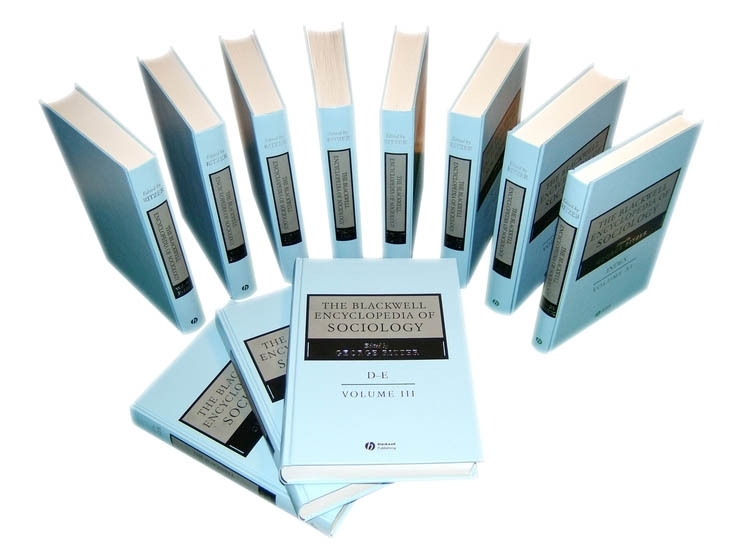Demographic Techniques: Time Use
Abstract
Time, particularly in the United States, is often viewed as a scarce resource. Unlike other resources of interest to social scientists, however, time is evenly distributed in the sense that every individual faces the same 24-hour constraint. Despite its apparent equality, time allocation is a major indicator of social differentiation and stratification. Social theorist Thorstein Veblen (1953) argued over a century ago, for example, that elites show their status partly by the way they spend their leisure time. Further, people with more income can afford to trade paid work time for leisure time as well as purchase time-saving goods and services (such as prepared meals and house cleaning) than people with less income.



